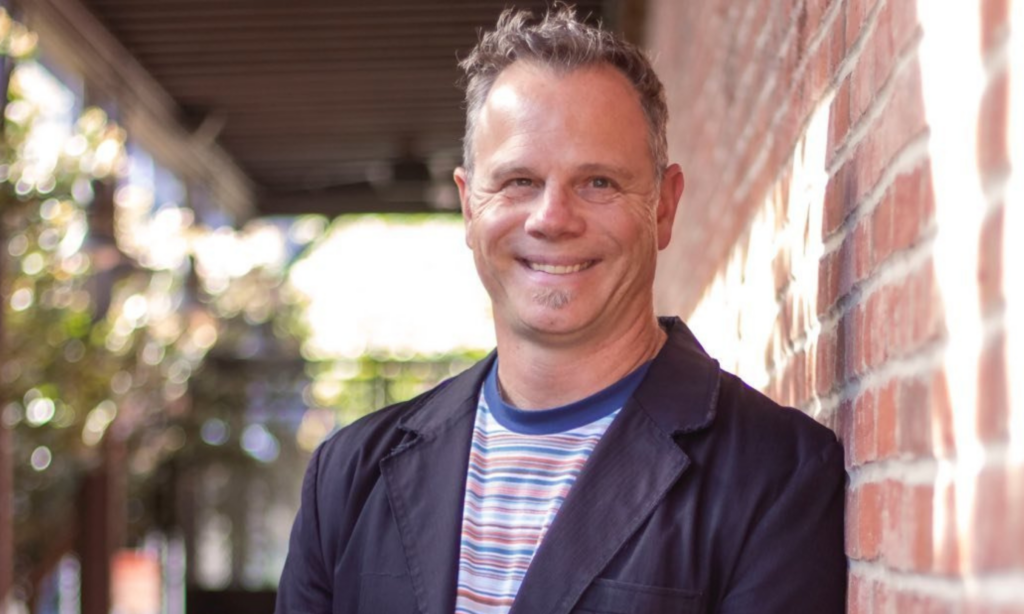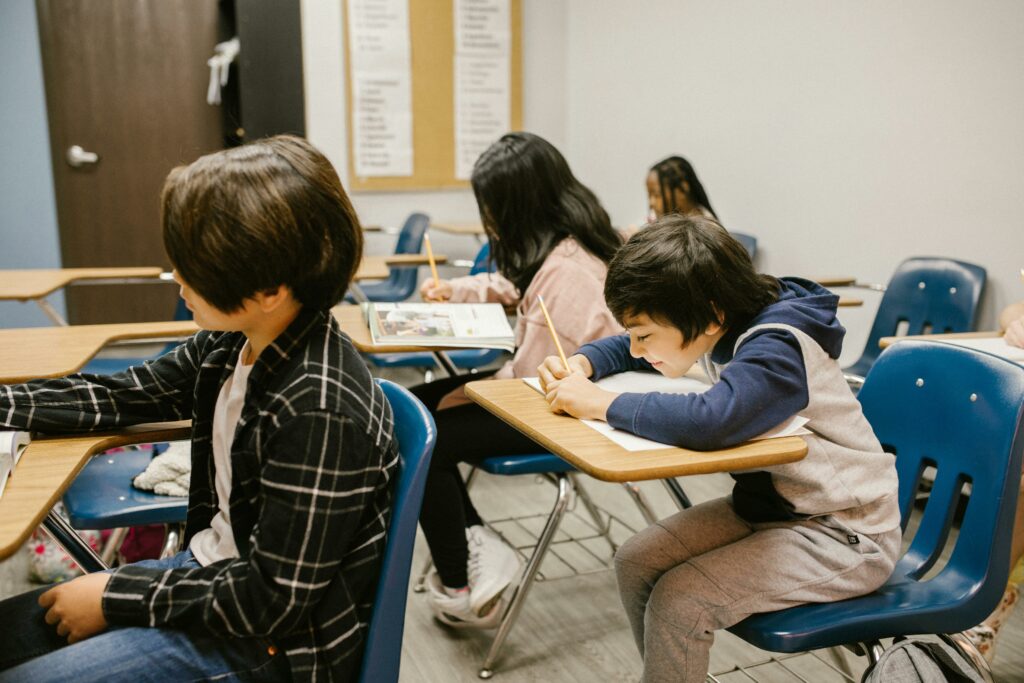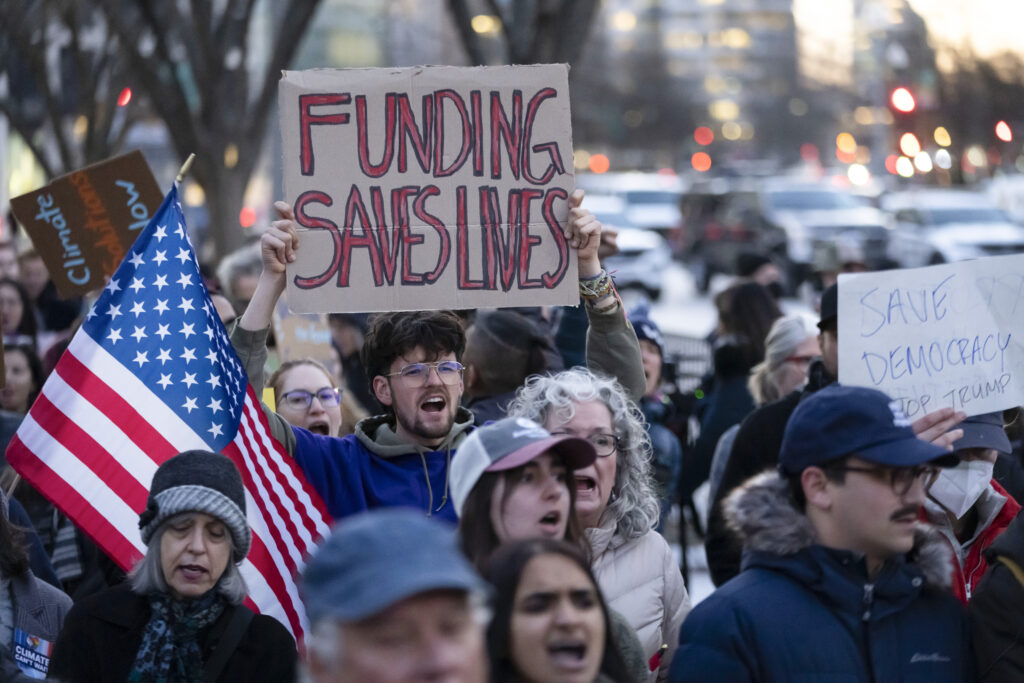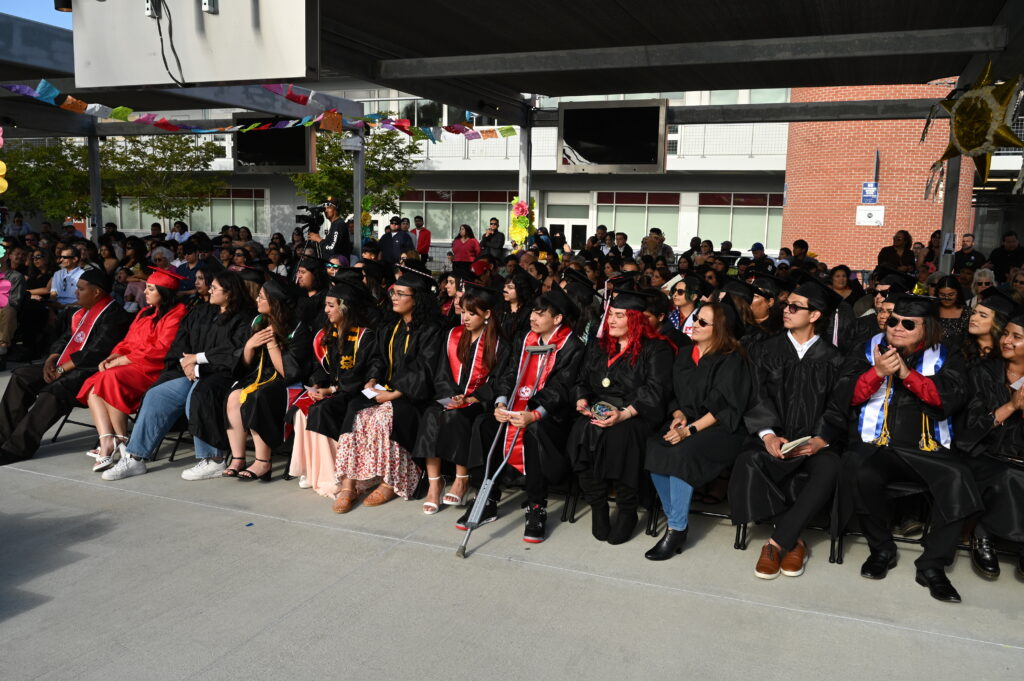
Temecula Valley Unified School District board member Joseph Komrosky.
Credit: Temecula Valley Unified
The Temecula Valley Unified School District’s future remains murky following a close recall election that ousted Joseph Komrosky, the district’s conservative school board president.
Four of the district’s five seats will be up for grabs — with two board members up for re-election in November and two seats previously held by conservative members needing to be filled. Komrosky told EdSource in an email that he will likely run for re-election. Still, his departure from the school board has kindled a renewed optimism for many that the district will be able to re-focus on student academic performance and well-being.
“I’m looking forward to getting back to working on issues of supporting student success and safety in classrooms,” said Edgar Diaz, the president of the Temecula Valley Educators Association, the district’s teachers union.
“That’s my excitement….Our board meetings can get back to that, versus having to listen to controversial issues being brought up and then passed without any sense of discussion or listening.”
Komrosky’s departure will leave the board with three members — of whom, only Jennifer Wiersma was part of the district’s previously held conservative majority; conservative school board member Danny Gonzalez resigned in December.
Wiersma also said in a statement to EdSource that she looks forward to “focusing on student achievement and academics for all populations, striving to improve school safety and continuing to encourage parents to be involved in their child’s education,” regardless of the outcome.
She maintains, however, that “it’s been an honor to serve this community with Dr. Komrosky.”
The recall race was tight — with about 51% of voters opting to remove Komrosky from office. Ultimately, he lost by only 212 votes.
“I am proud to have fulfilled all of my campaign promises as an elected official,” Komrosky said in a statement to EdSource. “My commitment to protecting the innocence of our children in Temecula schools remains unwavering.”
The lead up
Temecula Valley Unified’s conservative majority took the helm in December 2022 — and proceeded to ban critical race theory that December.
Months later, in Spring 2023, they fired former Superintendent Jodi McClay without cause and temporarily banned the Social Studies Alive! curriculum stating the book’s supplemental materials mentioned LGBTQ+ activist Harvey Milk.
The board also passed a widespread policy in August that requires school officials to notify parents if their child shows signs of being transgender.
Despite widespread backlash — including from state officials such as California Attorney General Rob Bonta — Riverside County Judge Eric A. Keen ruled in February that the district can continue to implement its transgender notification policy while litigation is pending.
“Anyone who uses their position to attack LGBTQ+ youth is unfit to serve in public office, and we are pleased to see Dr. Komrosky’s political career come to an appropriate end,” said Tony Hoang, the executive director of Equality California, in a media release.
One Temecula Valley Political Action Committee co-founder Jeff Pack said the organization — which filed roughly 5,200 signatures in December — had initially hoped to remove Wiersma from her seat — but ultimately gave up because the group did not have enough signatures to move forward.
The PAC also decided not to pursue a recall election against Gonzalez who resigned and moved to Texas.
“This is a democracy. This is where people vote, and they make the decisions. It’s not for me to tell the people of that trustee area how to vote or what to vote for,” said Temecula Valley Unified school board member Schwartz.
“They know what’s going on. They’ve seen how those three board members have behaved; and obviously, they were not happy with what was going on, and they changed their minds. So, I think democracy is alive and well in Temecula, and it’s a good thing.”
Looking ahead
With Komrosky recalled, Temecula Valley Unified’s school board now includes Wiersma, along with Allison Barclay and Steven Schwartz, both of whom are up for re-election this November.
Voters will also have to decide on a replacement for Gonzalez and Komrosky.
Meanwhile, Wiersma will take over as the board’s president because she previously served as the school board’s clerk.
“I’m proud Dr. Komrosky has courageously kept his campaign promises, despite the unrelenting boardroom lawfare and personal attacks on his family by the teacher’s union, community activists, and even our own Governor, Gavin Newsom,” Wiersma said in a statement to EdSource.
“People underestimate the steep learning curve and tremendous amount of pressure that comes with challenging the status quo as a school board president.”
Pack maintained that the recall is a “happy surprise,” but that he is shocked that so many voters opted to keep Komrosky — and emphasized that their work will continue, leading up to November.
“[Partisan politics is] going to be something we’re going to be dealing with for a little while longer,” Pack said. “We’re going to have to work extra hard to get some of those people to see the light and realize national-style politics don’t belong here.”






